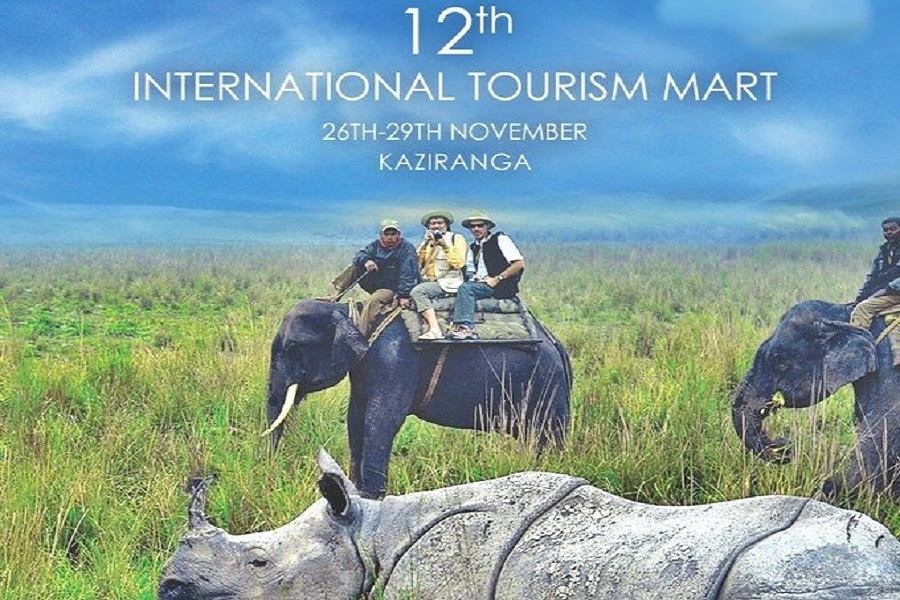International Tourism: Emerging Trends and Future Prospects in 2025

As the world continues to recover from the effects of the global pandemic, international tourism is experiencing a resurgence. With travel restrictions easing and borders reopening, 2025 promises to be a pivotal year for the tourism industry. International travelers are returning to explore new destinations, engage in unique experiences, and reconnect with different cultures. Here’s a look at the latest trends and future prospects for international tourism.
1. Sustainable and Eco-Friendly Tourism
The demand for sustainable travel experiences is higher than ever. International tourists are now more conscious of their environmental impact, and many are choosing destinations that prioritize eco-tourism. This includes activities that promote conservation, wildlife protection, and responsible tourism practices.
Destinations like Costa Rica, Iceland, and New Zealand are leading the way, offering eco-conscious accommodations, renewable energy-powered services, and low-carbon transportation options. Sustainable tourism practices are not just about preserving the environment but also supporting local economies and empowering communities.
Countries around the world are introducing policies to support eco-friendly travel, including carbon offset programs, eco-certifications for accommodations, and encouraging visitors to engage in activities that protect the local environment.
2. Experiential and Immersive Travel
Travelers are increasingly seeking authentic, experiential journeys rather than just sightseeing. International tourism is evolving from traditional guided tours to immersive cultural exchanges. Tourists are more inclined to participate in hands-on activities that allow them to experience the local culture, such as cooking classes, artisan workshops, or staying with local families in rural areas.
Destinations that offer these kinds of immersive experiences, such as Japan’s cultural tea ceremonies, Italy’s wine-making regions, or Thailand’s traditional cooking schools, are becoming more popular. Additionally, adventure and wellness tourism are thriving, with travelers engaging in activities such as hiking, yoga retreats, and eco-lodges to reconnect with nature and enhance mental well-being.
3. Digital Transformation in Tourism
Technology continues to reshape the international tourism landscape. Virtual reality (VR) and augmented reality (AR) are providing new ways for travelers to explore destinations before they even book their trip. VR-powered tours, which allow potential tourists to experience a destination in a virtual environment, are becoming more common on tourism websites.
Mobile apps, AI-powered chatbots, and personalized itinerary planners are revolutionizing the way tourists interact with service providers. From seamless booking systems to smart hotel rooms and virtual concierges, technology is enhancing the overall travel experience, making it more convenient, personalized, and accessible.
Moreover, digital nomadism is gaining traction, as more people embrace remote work and travel the world while maintaining their careers. Countries like Portugal, Estonia, and Dubai are introducing special visa programs to attract these long-term travelers.
4. Luxury and Wellness Tourism
Luxury tourism is thriving, with high-net-worth individuals seeking exclusive and unique experiences. From private islands in the Maldives to luxury safari lodges in Africa, the demand for bespoke travel experiences that combine privacy, comfort, and personalized service is soaring.
Wellness tourism, a subset of luxury travel, is also expanding. More travelers are prioritizing their health and well-being while on vacation, opting for spa retreats, detox programs, and yoga destinations. Countries like India, Bali, and Switzerland are renowned for their wellness retreats, offering visitors opportunities to rejuvenate their body and mind in serene environments.
5. Post-Pandemic Travel and Health-Safety Measures
As international tourism recovers, health and safety remain top priorities for both travelers and destinations. While many countries have relaxed COVID-19 restrictions, the importance of health protocols, including vaccination requirements, hygiene standards, and medical insurance coverage, remains.
Tourists are looking for destinations with robust healthcare systems, clear health guidelines, and easy access to medical services. Countries that have successfully implemented health and safety measures are reaping the benefits of attracting international tourists who feel confident in their travel plans.
6. Rise of Regional Travel and Multi-Destination Trips
With the growing popularity of regional travel, many international tourists are opting for multi-destination trips instead of single-country vacations. For instance, travelers may explore both Spain and Portugal, or take a road trip through the U.S., visiting multiple states and attractions. This trend is not just limited to proximity but is driven by travelers seeking diverse experiences within a single region.
Regional partnerships between neighboring countries also play a crucial role in this trend. Southeast Asia, for example, offers several interconnected destinations such as Thailand, Vietnam, and Cambodia that cater to multi-country itineraries. Similarly, in Europe, the Schengen Area allows tourists to visit multiple countries with a single visa, adding to the appeal of multi-destination travel.
7. Cultural and Heritage Tourism Revival
Cultural and heritage tourism is gaining momentum, as travelers seek to reconnect with the past and immerse themselves in the history and traditions of different cultures. UNESCO World Heritage Sites, local festivals, traditional arts, and crafts are major attractions for international tourists.
Countries like Egypt, Italy, and Greece are investing in preserving and promoting their cultural heritage, offering travelers a chance to explore ancient ruins, visit art museums, and participate in local festivals. The allure of historical sites like the Pyramids of Giza, Rome’s Colosseum, and Athens’ Acropolis continues to attract millions of tourists annually.


.jpg)


















